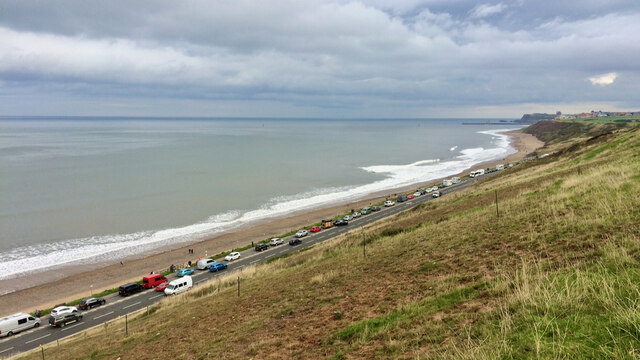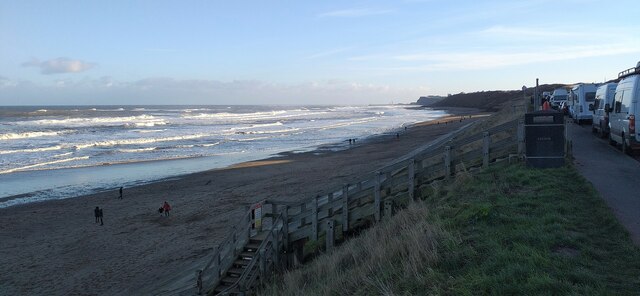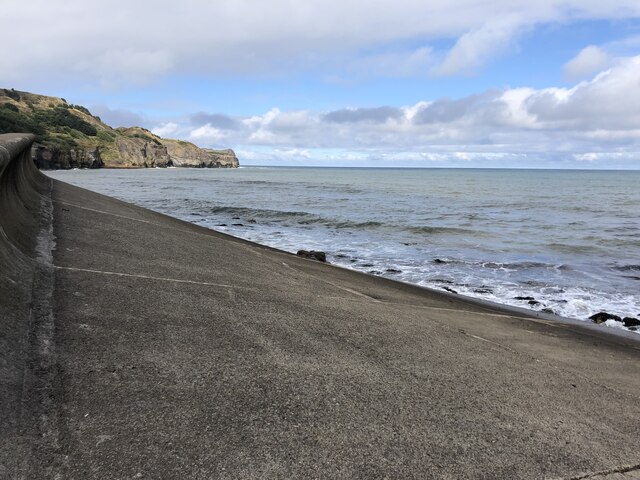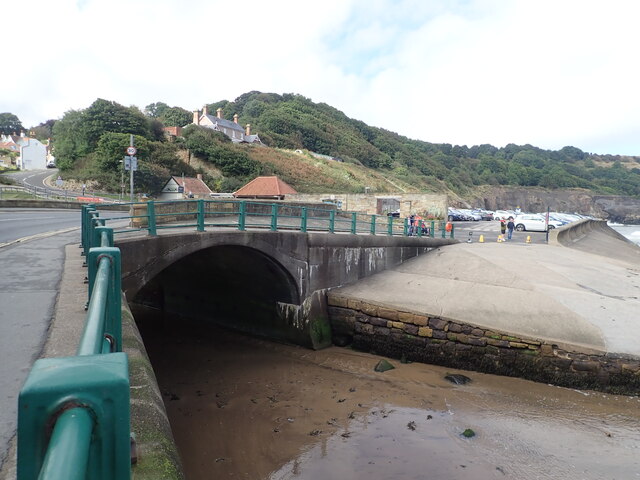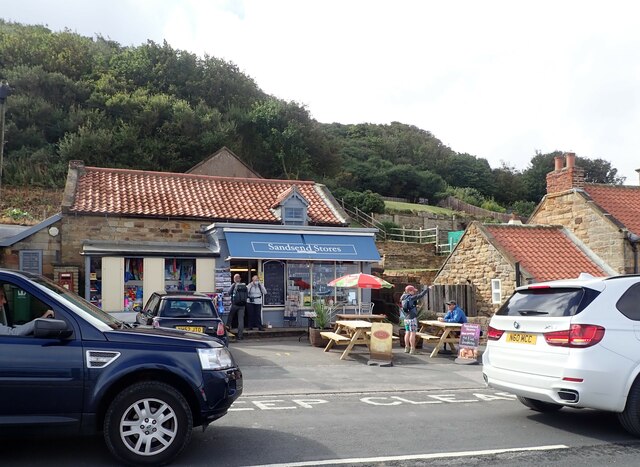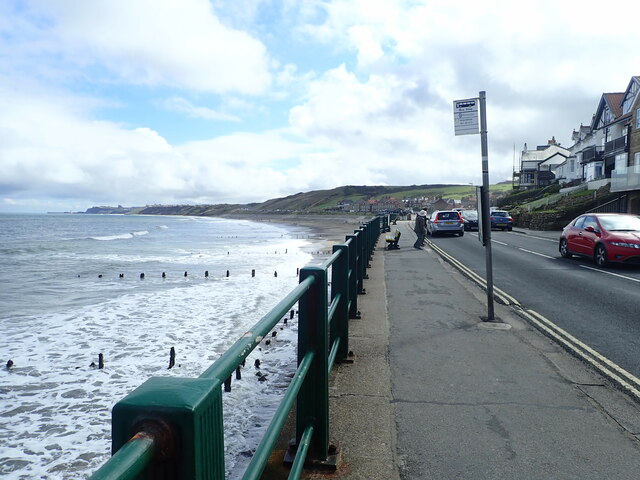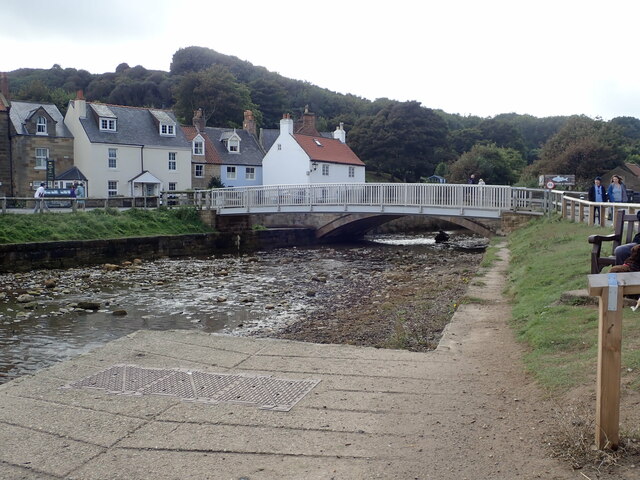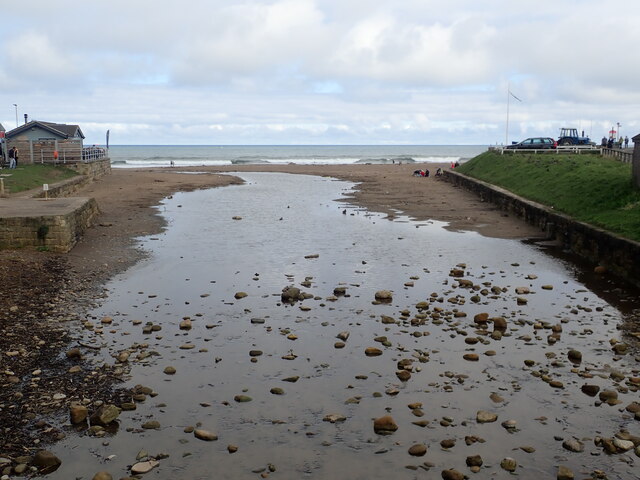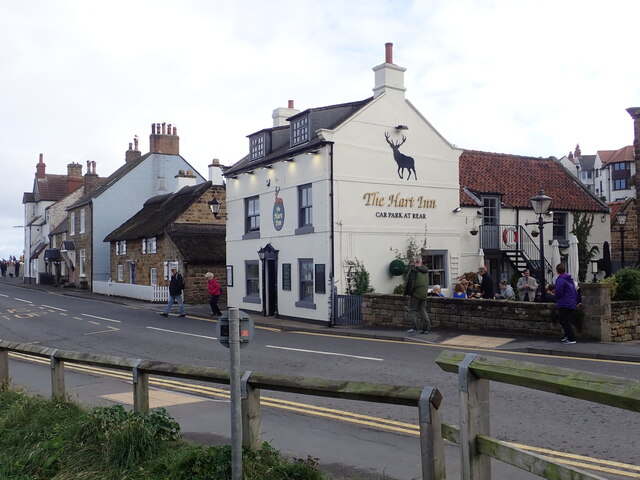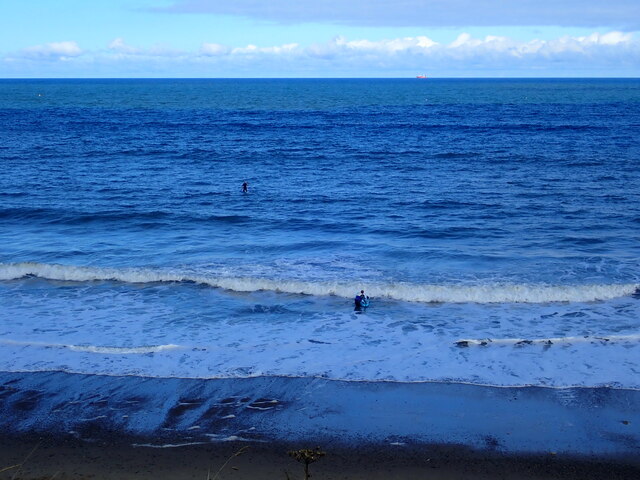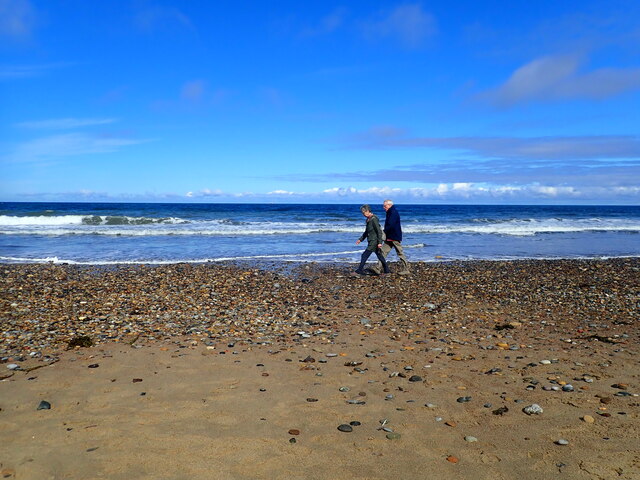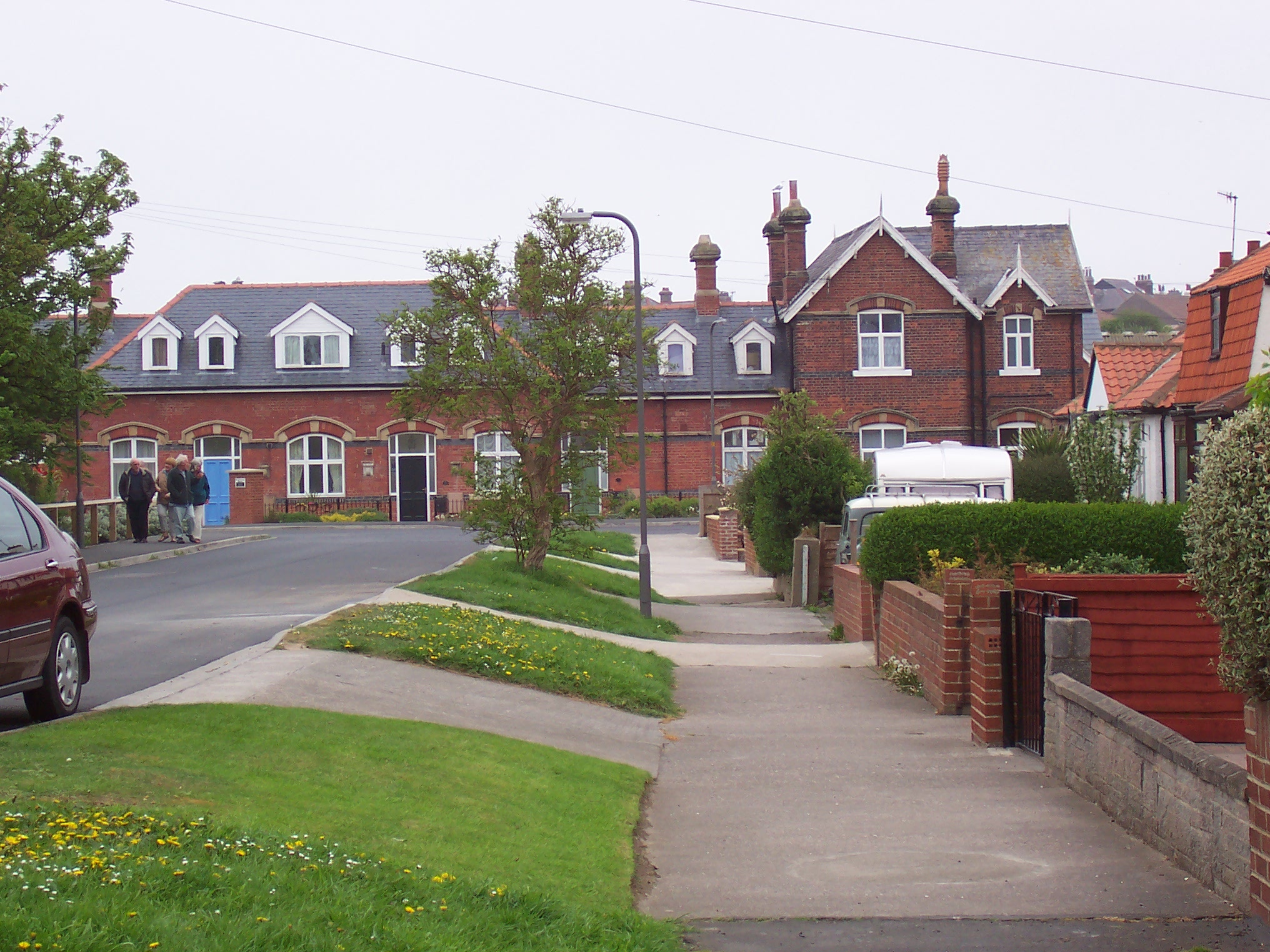The Lake
Lake, Pool, Pond, Freshwater Marsh in Yorkshire Scarborough
England
The Lake
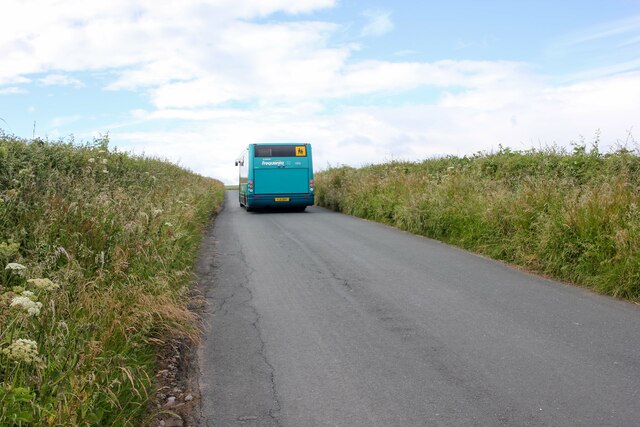
The Lake, Yorkshire, is a picturesque body of water located in the north of England, specifically in the county of Yorkshire. This natural feature is commonly referred to as a lake, but it is more accurately described as a pool or pond, as it is relatively small in size. The Lake is nestled amidst the stunning landscapes of Yorkshire, surrounded by rolling hills and verdant forests.
This freshwater marsh is a haven for various species of flora and fauna, making it an important ecological site. The calm and serene waters of The Lake provide a habitat for aquatic plants such as water lilies and reeds, while its shores are adorned with vibrant wildflowers during the summer months.
In addition to its natural beauty, The Lake offers recreational opportunities for visitors. Fishing enthusiasts can enjoy angling in its peaceful waters, with a chance to catch a variety of freshwater fish species. The calm and tranquil environment also makes it a popular spot for boating and kayaking, allowing visitors to explore the lake and its surroundings at their own pace.
The Lake, Yorkshire, is easily accessible, with nearby parking facilities and well-maintained footpaths that lead visitors to the water's edge. It is a popular destination for nature lovers, photographers, and those seeking a peaceful retreat from the hustle and bustle of everyday life.
Overall, The Lake, Yorkshire, is a charming and idyllic freshwater feature, offering a place of natural beauty and tranquility for both wildlife and humans alike.
If you have any feedback on the listing, please let us know in the comments section below.
The Lake Images
Images are sourced within 2km of 54.490526/-0.6628775 or Grid Reference NZ8611. Thanks to Geograph Open Source API. All images are credited.
![Sandsend and The Maharajah of Mulgrave Castle In the decade following the death of Maharajah Ranjit Singh in 1839, the Punjab was thrown into turmoil with several successions to the throne and a threat of annexation by the British East India Company.
In 1843, Duleep Singh, just five years old, was crowned King of the Punjab and head of the Sikh nation. He was now extremely rich and ruled under the regency of Ranjit Singh’s youngest widow, Jind Kaur. His wealth included one of the largest diamonds in the world, the Koh-i-Noor, weighing in at 21.12 grms. (105.6 carats).
War with the British East India Company broke out, and, in 1848, the young Singh, now aged ten years old, was forced to sign papers that sacrificed his kingdom and forcing him to resign ‘for himself, his heirs, his successors, all right, title and claim to the sovereignty of the Punjab or to any sovereign power whatsoever, the confiscation of all state property, and the surrender of the Koh-i-Noor diamond’. The Punjab was now British territory.
In return, he was to be given a pension of £40,000 and granted the honour of the title Maharajah (I guess the equivalent to His Royal Highness). He was sent for exile in England where Queen Victoria was apparently quite taken with the young man. She wrote in her diary: ‘Osborne 22 August: A most beautiful morning. We breakfasted in the Alcove with the truly amicable young Maharajah, who is so kind to the children, playing so nicely with them’. I am sure she wasn’t at all influenced by the latest addition to her crown jewels: the Koh-i-Noor diamond.
The Maharajah grew up into the life of an English squire, with a love of shooting, hawking, and other country pursuits and, in 1858, took up residency at Mulgrave Castle which he rented from the Marquis of Normanby, who was serving as British Ambassador in Florence. Queen Victoria was one of the many guests who dined with Singh during his tenure at Mulgrave Castle.
But he wasn’t happy, and frequently clashed with the Government over his financial compensation. His money slowly dwindled, he spent lavishly on his estate at Elveden, Norfolk, which he had brought after vacating Mulgrave in 1862. He made many fruitless attempts to regain the Koh-i-Noor diamond, and grew ever more disillusioned with Britain, developing an intent to reclaim his homeland in the Punjab, a direct threat to the Empire. On a trip to India in 1886, he was arrested and subsequently settled in exile in Paris from which he journeyed across Europe and to Russia in the search of allies in starting a rebellion in the Punjab.
The Maharajah Duleep Singh died in 1893 in Paris at the age of 55 and is buried at Elveden.
During his thirteen years at Mulgrave Castle, the Maharajah would often be seen fishing from a boat at Sandsend, using the Chinese method of hunting with specially-trained tethered cormorants. These had a ring fitted around their necks so they couldn’t swallow the fish. He also had a new toll-road constructed between Sandsend and Whitby, which formed the foundation for today’s modern road alongside the beach. Some say he had this road built as his elephants did not like walking through the sand, but sadly there is no evidence that there have ever been elephants at Mulgrave.
For sources and references see my blog: Out and about ... (2021). Sandsend and The Maharajah of Mulgrave Castle. [online] Available at: <span class="nowrap"><a title="http://www.fhithich.uk/?p=26632" rel="nofollow ugc noopener" href="http://www.fhithich.uk/?p=26632">Link</a><img style="margin-left:2px;" alt="External link" title="External link - shift click to open in new window" src="https://s1.geograph.org.uk/img/external.png" width="10" height="10"/></span> [Accessed 11 Dec. 2021].
](https://s1.geograph.org.uk/geophotos/07/04/11/7041101_01b225ea.jpg)
The Lake is located at Grid Ref: NZ8611 (Lat: 54.490526, Lng: -0.6628775)
Division: North Riding
Administrative County: North Yorkshire
District: Scarborough
Police Authority: North Yorkshire
What 3 Words
///comforted.decoded.colleague. Near Whitby, North Yorkshire
Nearby Locations
Related Wikis
Newholm-cum-Dunsley
Newholm-cum-Dunsley is a civil parish in the Scarborough district of North Yorkshire, England. According to the 2011 UK census, Newholm-cum-Dunsley parish...
Sandsend
Sandsend is a small fishing village, near to Whitby in the Scarborough district of North Yorkshire, England. It forms part of the civil parish of Lythe...
Sandsend railway station
Sandsend railway station was a railway station on the Whitby, Redcar and Middlesbrough Union Railway. It was opened on 3 December 1883, and served the...
Whitby West Cliff railway station
Whitby West Cliff railway station was a railway station on the Whitby Redcar and Middlesbrough Union Railway. It was opened on 3 December 1883, to serve...
Nearby Amenities
Located within 500m of 54.490526,-0.6628775Have you been to The Lake?
Leave your review of The Lake below (or comments, questions and feedback).
